Let’s face it; despite high school being an awkward transitional period for many of us, we love to watch shows set in high school. It can be a fun form of escapism to watch over-the-top drama in shows like Pretty Little Liars or supernatural aspects in shows like Teen Wolf, but sometimes we want to see a more accurate representation of our teenage experience.
When it comes to high school, realistic is subjective; if you went to a private school on the Upper East Side, then yes, Gossip Girl might resemble your high school experience — and I envy your probable access to designer goods as a teenager — but that won’t be relatable to many people. For most adults, high school was a time for mistakes, academic pressure, and romantic faux pas; yes, there’s a lot of drama inherent to being a teenager, but rarely the flashy kind seen on TV. The following list of shows offer a glimpse into real-life high school experiences, including the messy ones.
Degrassi: The Next Generation (2001-2015)
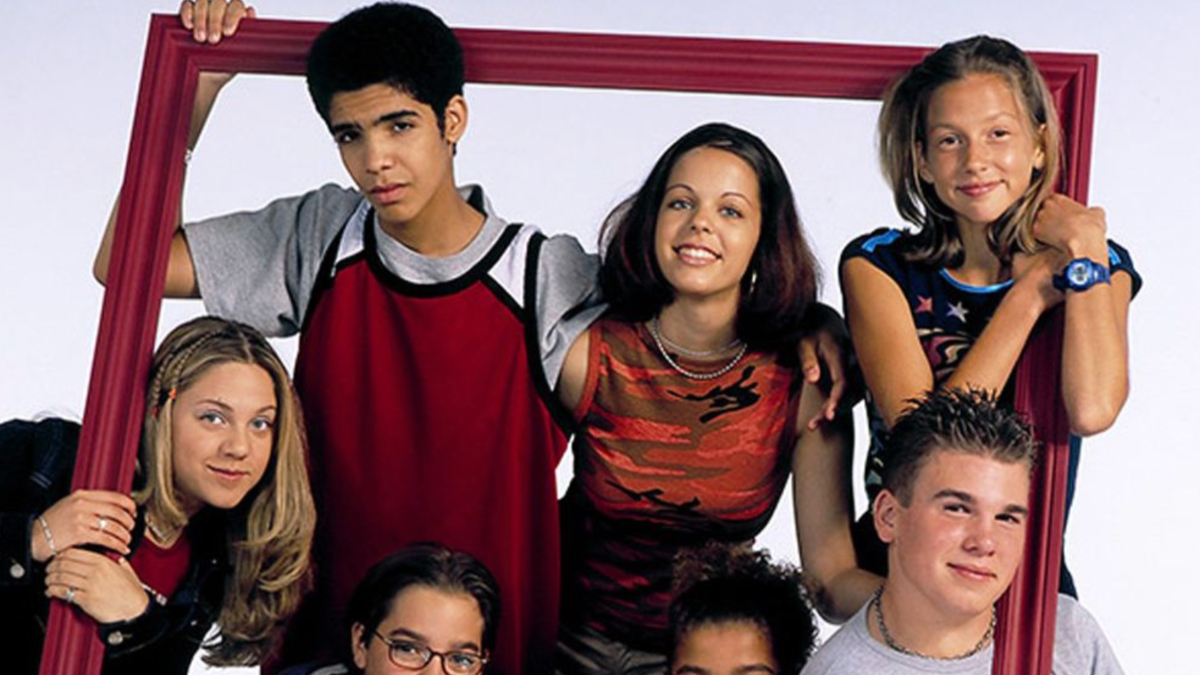
The Canadian teen drama Degrassi: The Next Generation achieved international success for its realistic depiction of high school issues. While much of the show’s focus was on everyday high school problems (getting your first period, dating, friendship struggles, etc.), Degrassi wasn’t afraid to tackle serious issues, like school shootings and sexual assault. Those more serious episodes may have gotten the most media attention, but the everyday scenes are what makes Degrassi feel so real.
American Vandal (2017-2018)
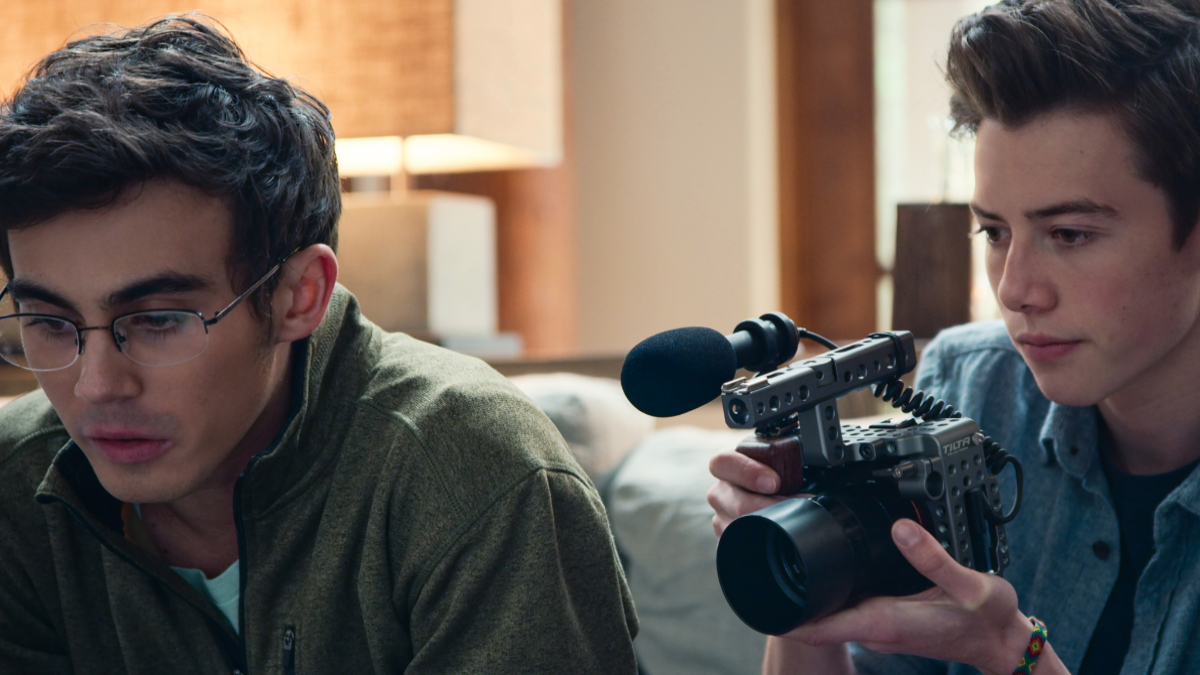
A parody of true crime documentaries like The Vow and Making a Murderer, American Vandal tells the story of two high school sophomores trying to exonerate a senior class clown from a crime he swears he didn’t commit — spray painting 27 faculty cars with phallic symbols. From the nature of the crime to the way the teenagers interact with each other, this mockumentary offers a very realistic view of high school as it is today. A lot of shows try to incorporate social media and teen slang in a way that feels natural, but American Vandal is one of the few to actually pull that off, resulting in a hilarious show grounded in reality.
My So-Called Life (1994-1995)
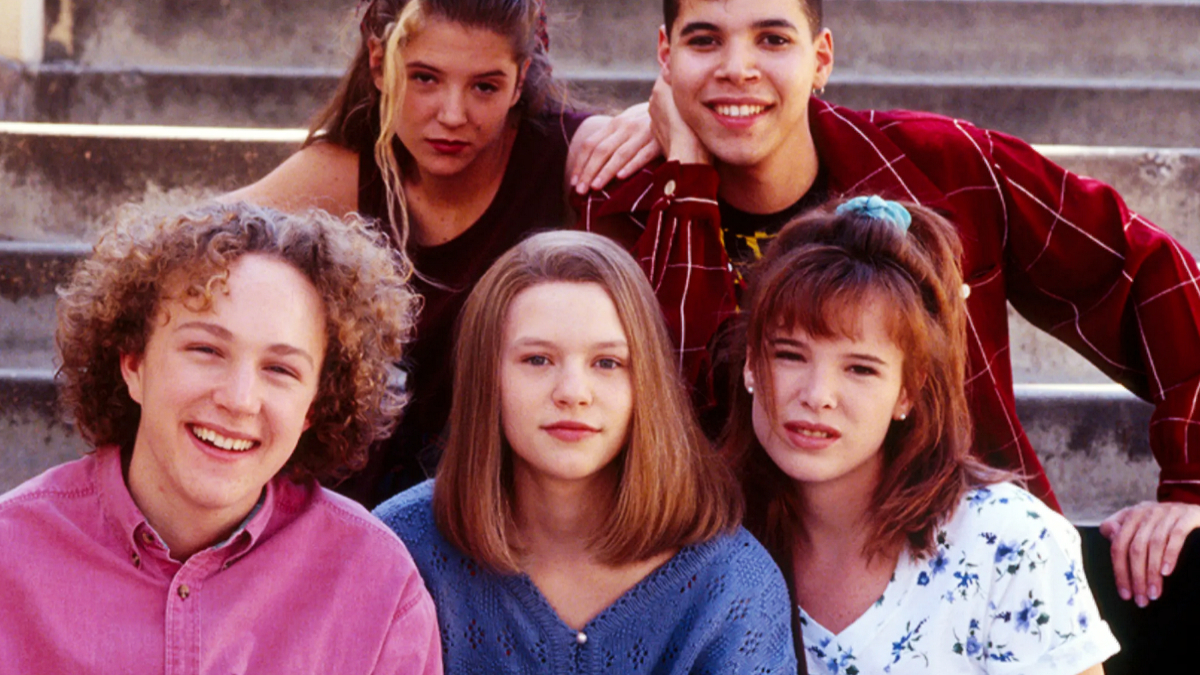
Although short-lived, My So-Called Life left a huge impact on not only its audience but television in general, inspiring the creation of shows with female protagonists like Felicity and Gilmore Girls. The show follows the everyday life of a teenager named Angela who lives in the suburbs of Pittsburgh and was praised for depicting social issues, such as homophobia and school violence, as part of the overarching plot and not just as special episodes. My So-Called Life was unique in the time period for showing realistic teenage attitudes toward sex — like Angela realizing she’d rather fantasize about her crush than actually do anything with him — and for featuring a gay character as part of the main cast; Wilson Cruz, who played Rickie, came out around the time the show was airing and would become an advocate for LGBTQ youth. The show paved the way for more diverse representation and realism in TV series today.
Grand Army (2020)
Despite only airing for one season (it’s a Netflix show so you know what happened), Grand Army gained a decent-sized fanbase due to its gritty yet thoughtfully produced content. The show is ambitious, maybe even overly so — in its zeal to be realistic, it ends up tackling a ton of serious issues in just 9 episodes — but clearly created from a place of caring about its subject. Focusing on five students attending the largest public school in Brooklyn, Grand Army depicts their struggles within the chaos that is growing up. While some viewers criticized the show for focusing on darker moments, it’s hard to deny that this is a realistic look at high school for many students in big cities.
Never Have I Ever (2020-2023)
While the trailer and color grading — seriously, what is it with “realistic” shows making everything look grayscale — look more like a romantic teen comedy, Never Have I Ever is surprisingly rooted in reality. Yes, protagonist Devi Vishwakumar is looking for romance and gets caught up in a love triangle, but she talks like a normal (albeit maybe a little wittier) teenager and goes through the normal pitfalls of teenage life. After losing her father, Devi is grieving him while still trying to navigate her social and academic life. Never Have I Ever is more stylized than real life in many ways, but I find the characters endearingly relatable.
Derry Girls (2018-2022)
Derry Girls follows a group of teenage girls during the end of the Northern Ireland Conflict (or the Troubles) who live and attend Catholic school in Derry, Northern Ireland. While the premise makes the show sound like a serious drama, Derry Girls is more of a comedy and an absolute joy to watch. While watching an episode, it’s easy to forget you’re watching a TV show; the characters all feel so real, it just feels like you’re watching people live their lives. The historical aspect of the show makes the characters feel even more life-like and is a part of why the show is so loved.
Boy Meets World (1993-2000)
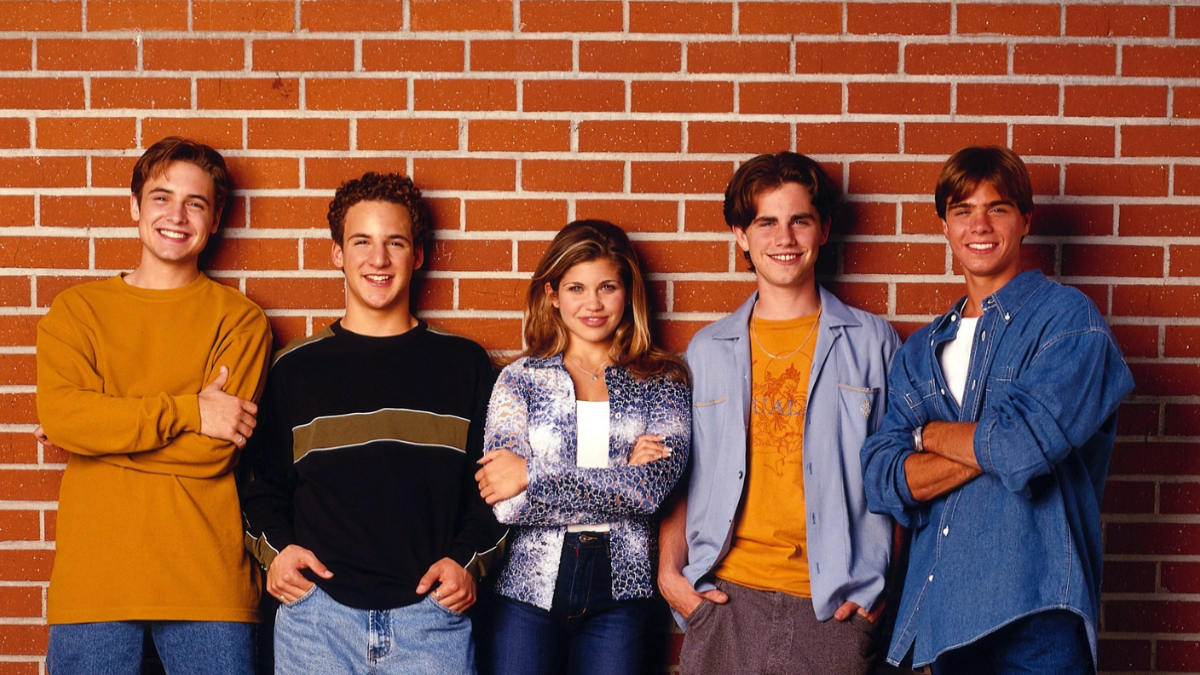
Boy Meets World is technically not a high school show as the show starts when the protagonist Corey Matthews (Ben Savage) is in middle school, but the show does follow him throughout his whole educational career. The series has the style of — and follows a lot of the same tropes as — a sitcom of the time period but manages to stand out thanks to its handling of tough topics. Similar to My So-Called Life, Boy Meets World integrated more serious dilemmas into its overall plot but still maintained a relatively light tone. While there are valid criticisms of the show, the relationships between characters — platonic and otherwise — feel extremely grounded.
Freaks and Geeks (1999)
Though Paul Feig and Judd Apatow’s Freaks and Geeks only had one season, the short-lived series has gone down in TV history as one of the best shows about high school to ever grace the small screen. Not only did the show launch the careers of several soon-to-be stars, the setting of 1980s Michigan was refreshingly real for a lot of viewers and still holds up to this day. While not many schools are going to have such rigid social cliques in the present day, most teens can relate to feeling awkward and out of place sometime during their high school careers.
Skins (2007-2013)
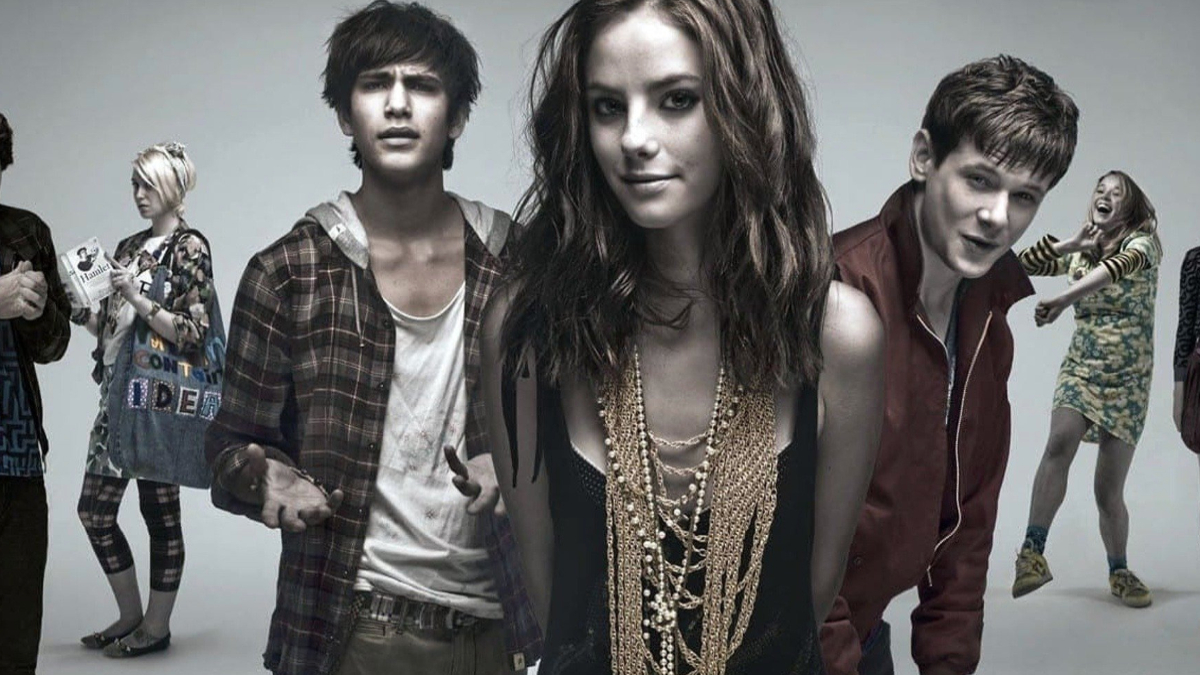
Before Euphoria, there was Skins — a UK drama that followed a group of friends living in Bristol, England. The show was initially criticized for its content, as it depicted the young characters partaking in sex, drugs, and a generally hedonistic lifestyle, but quickly became a cult favorite. While the show’s content can feel a bit sensationalized at times, its refreshingly unpolished, gritty depiction of teen life was groundbreaking; one of the show’s creators, Jamie Brittain, said he created Skins as a direct response to the “glossy teen dramas” like Dawson’s Creek and The OC that his college peers were watching. There’s nothing glossy about Skins, though its artfully crafted trailers do feel partially responsible for the Indie Sleaze trend of the early 2010s.
The Wonder Years (1988-1993)
The Wonder Years depicts the adolescence of a young boy named Kevin Arnold (Fred Savage) narrated by his adult self. The combination of adult wisdom and hard-earned experience over these quintessential teen moments makes for a sitcom centered in realism; while there’s plenty of angst and awkward moments, The Wonder Years doesn’t have much drama, much like most teens’ lives. The show is set in the 1960s and ’70s, and most of the “drama” in the show come from real social issues such as war, consumerism, and a rapidly changing America. Not only do the teenagers feel like real fleshed-out people, the adults do as well; The Wonder Years still resonates with audiences today.

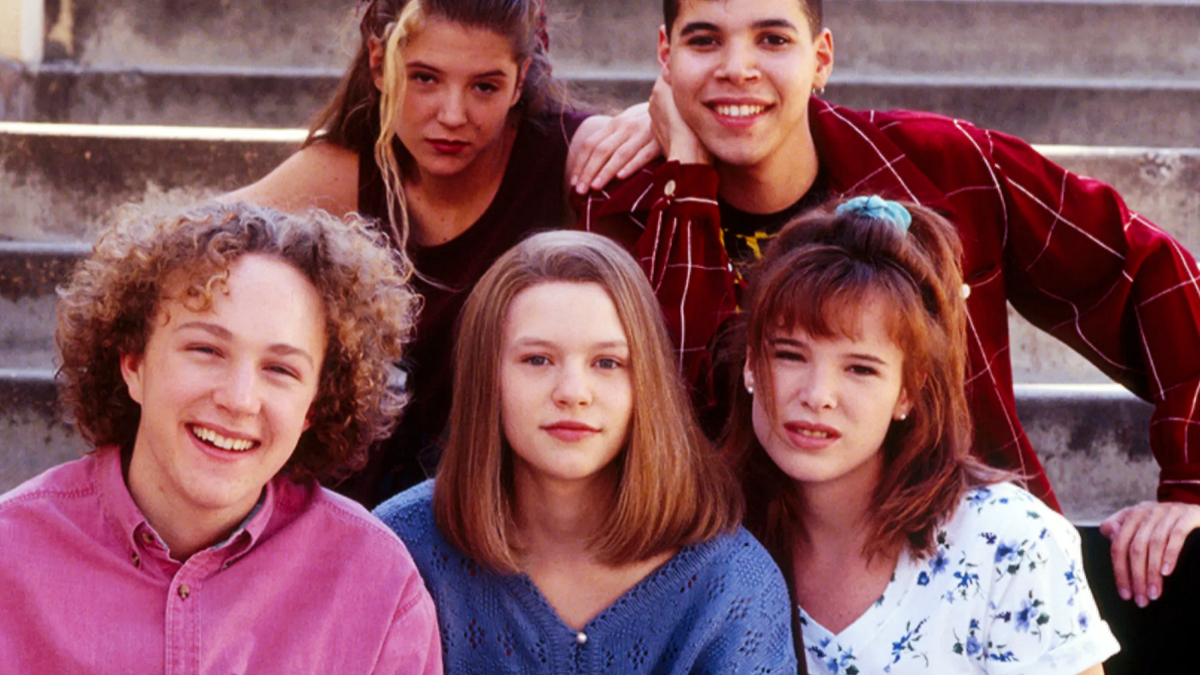
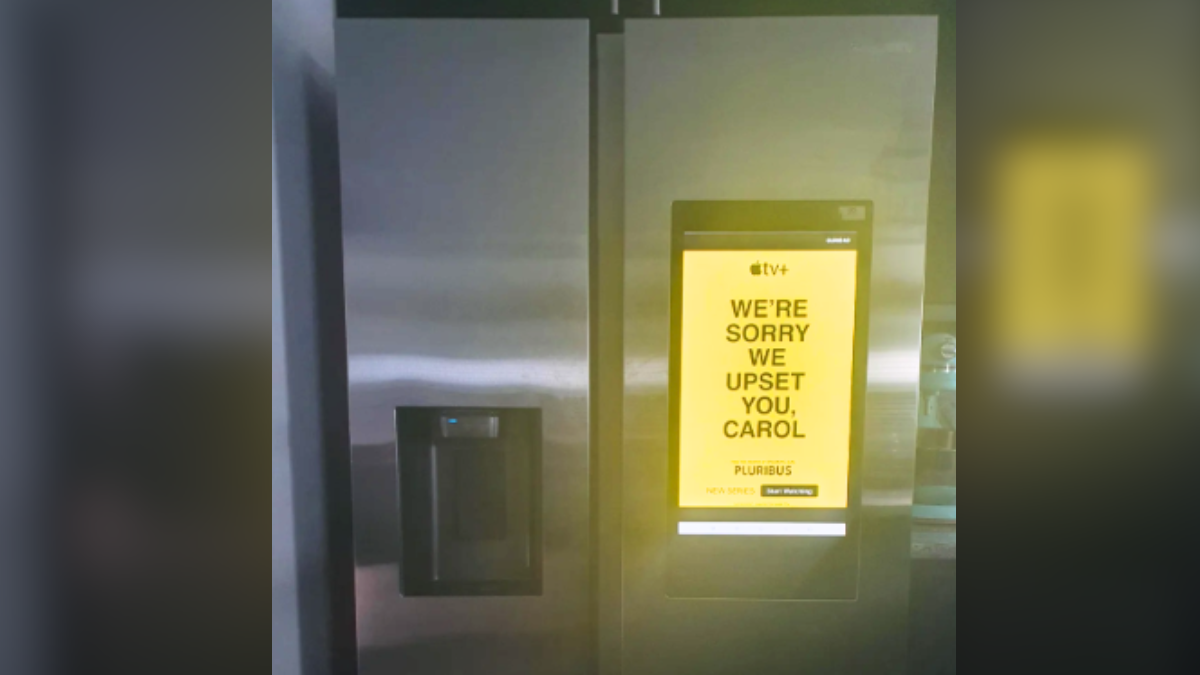


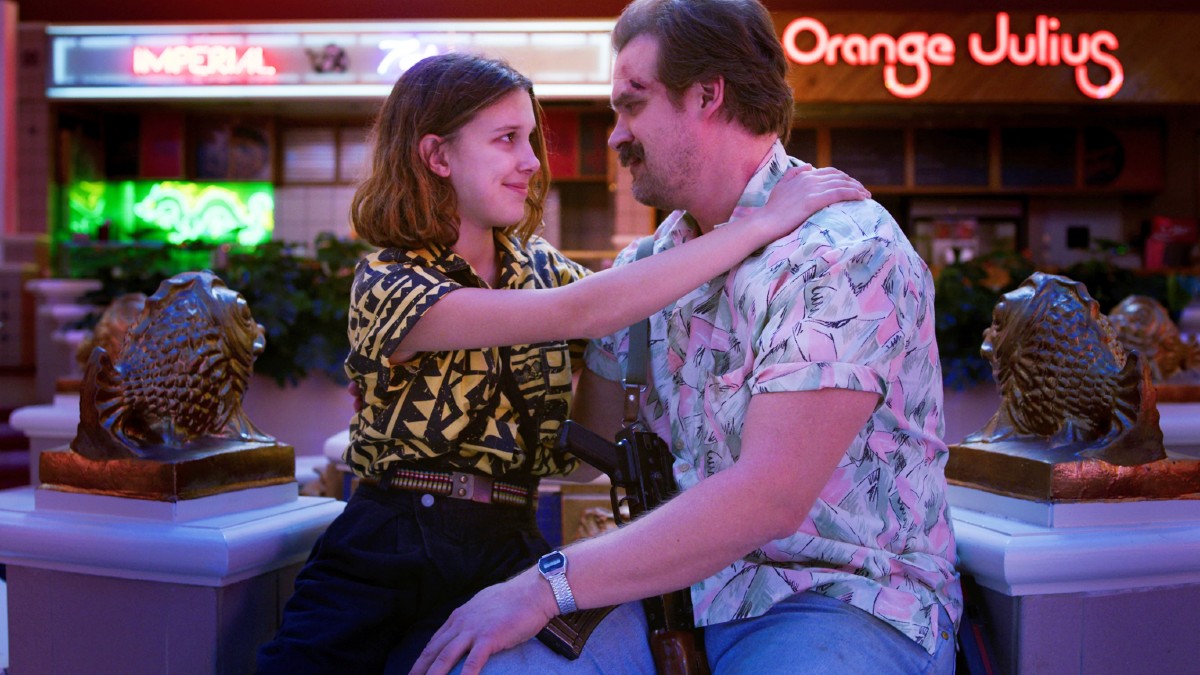

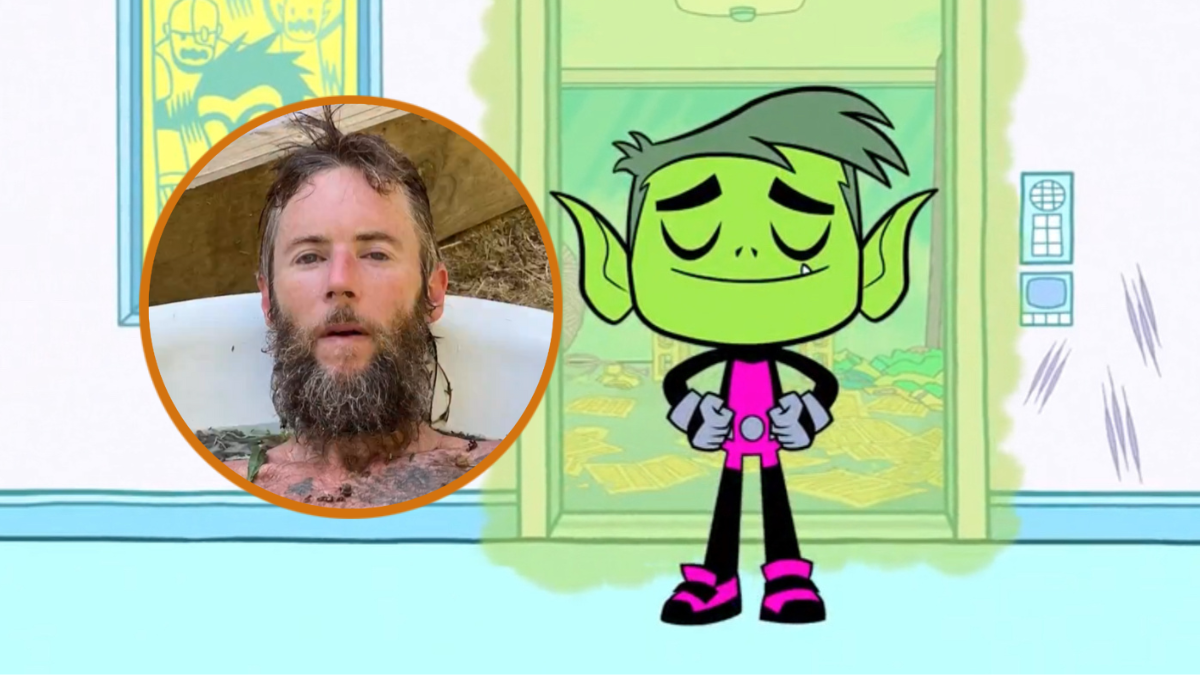

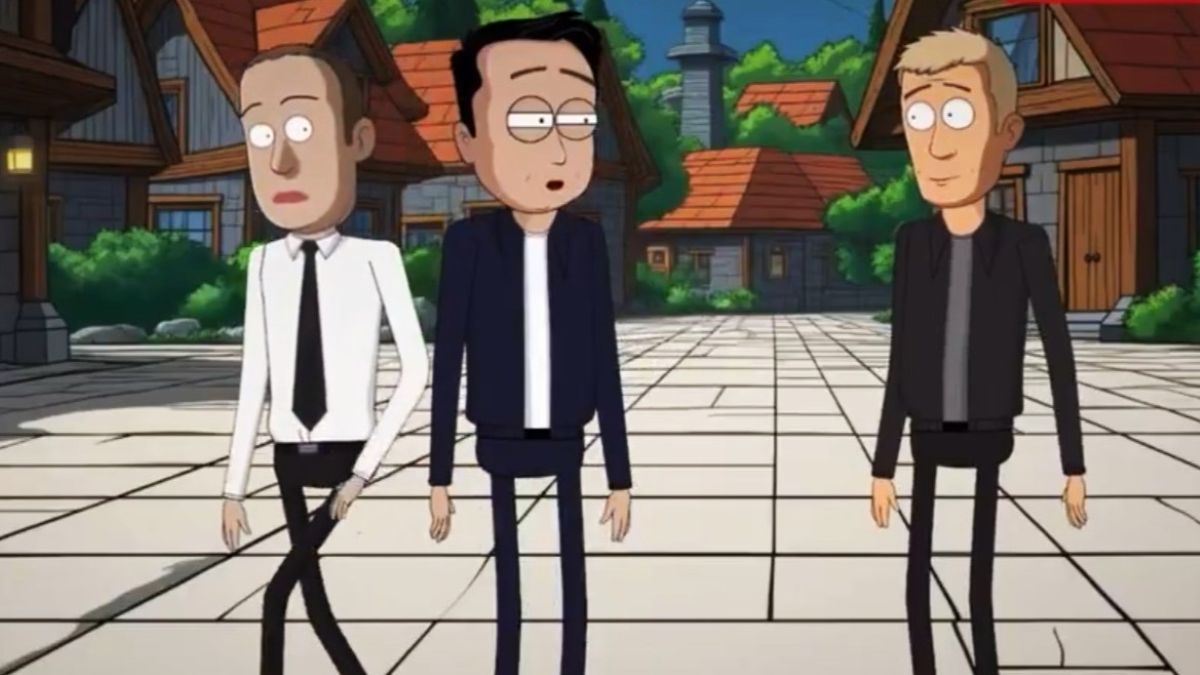

Published: Jul 20, 2023 03:33 pm